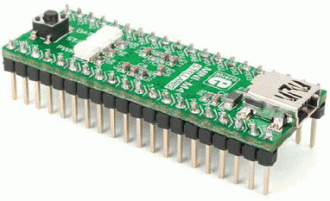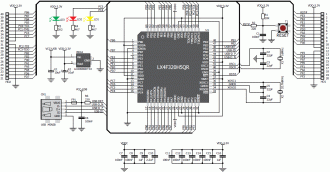
We strongly encourage users to use Package manager for sharing their code on Libstock website, because it boosts your efficiency and leaves the end user with no room for error. [more info]

Rating:
Author: MIKROE
Last Updated: 2016-02-20
Package Version: 1.0.0.0
Example: 1.0.0.0
Category: Development Systems
Downloaded: 1801 times
Followed by: 1 user
License: MIT license
Examples for MINI-M4 Stellaris Board. Provided examples demonstrate working with on-board LEDs and internal USB HID module.
Do you want to subscribe in order to receive notifications regarding "MINI-M4 Stellaris Board Examples" changes.
Do you want to unsubscribe in order to stop receiving notifications regarding "MINI-M4 Stellaris Board Examples" changes.
Do you want to report abuse regarding "MINI-M4 Stellaris Board Examples".
| DOWNLOAD LINK | RELATED COMPILER | CONTAINS |
|---|---|---|
| 1354280878_mini_m4_stellari_mikroc_arm.rar [59.36KB] | mikroC PRO for ARM |
|
| 1354280899_mini_m4_stellari_mikrobasic_arm.rar [59.09KB] | mikroBasic PRO for ARM |
|
| 1354280916_mini_m4_stellari_mikropascal_arm.rar [61.16KB] | mikroPascal PRO for ARM |
|

MINI-M4 for Stellaris is a small ARM® Cortex™-M4 development board containing LX4F230H5QR
microcontroller. It is pin compatible with PIC16F887 and PIC18(L)F45K20
microcontrontrollers and it perfectly fits into standard DIP40 socket.
Board is equipped with 16MHz SMD crystal oscillator, and 32.768KHz
crystal which can be used for internal RTCC module. It has reset button
and three signal LEDs. Board comes preprogrammed with fast USB HID
bootloader, so no external programmers are needed for development. It
operates on 3.3V power supply. On-board voltage regulator allows the
board to be powered directly from USB cable.
Provided examples demonstrate working with on-board LEDs and internal USB HID module.

Schematics of the MINI-M4 for Stellaris Board.
View full image